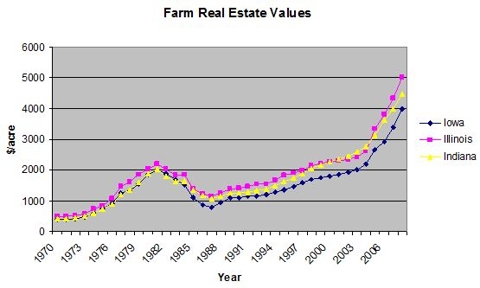Since the mid-1990s, vigorous growth in American consumption has consistently outstripped subpar gains in household income. This led to a steady decline in personal saving. As a share of disposable income, the personal saving rate fell from 5.7 percent in early 1995 to nearly zero from 2005 to 2007.
In the days of frothy asset markets, American consumers had no compunction about squandering their savings and spending beyond their incomes. Appreciation of assets — equity portfolios and, especially, homes — was widely thought to be more than sufficient to make up the difference. But with most asset bubbles bursting, America’s 77 million baby boomers are suddenly facing a savings-short retirement.
Worse, millions of homeowners used their residences as collateral to take out home equity loans. According to Federal Reserve calculations, net equity extractions from United States homes rose from about 3 percent of disposable personal income in 2000 to nearly 9 percent in 2006. This newfound source of purchasing power was a key prop to the American consumption binge.
As a result, household debt hit a record 133 percent of disposable personal income by the end of 2007 — an enormous leap from average debt loads of 90 percent just a decade earlier.
In an era of open-ended house price appreciation and extremely cheap credit, few doubted the wisdom of borrowing against one’s home. But in today’s climate of falling home prices, frozen credit markets, mounting layoffs and weakening incomes, that approach has backfired. It should hardly be surprising that consumption has faltered so sharply.
A decade of excess consumption pushed consumer spending in the United States up to 72 percent of gross domestic product in 2007, a record for any large economy in the modern history of the world. With such a huge portion of the economy now shrinking, a deep and protracted recession can hardly be ruled out. Consumption growth, which averaged close to 4 percent annually over the past 14 years, could slow into the 1 percent to 2 percent range for the next three to five years.
Powered by ScribeFire.







